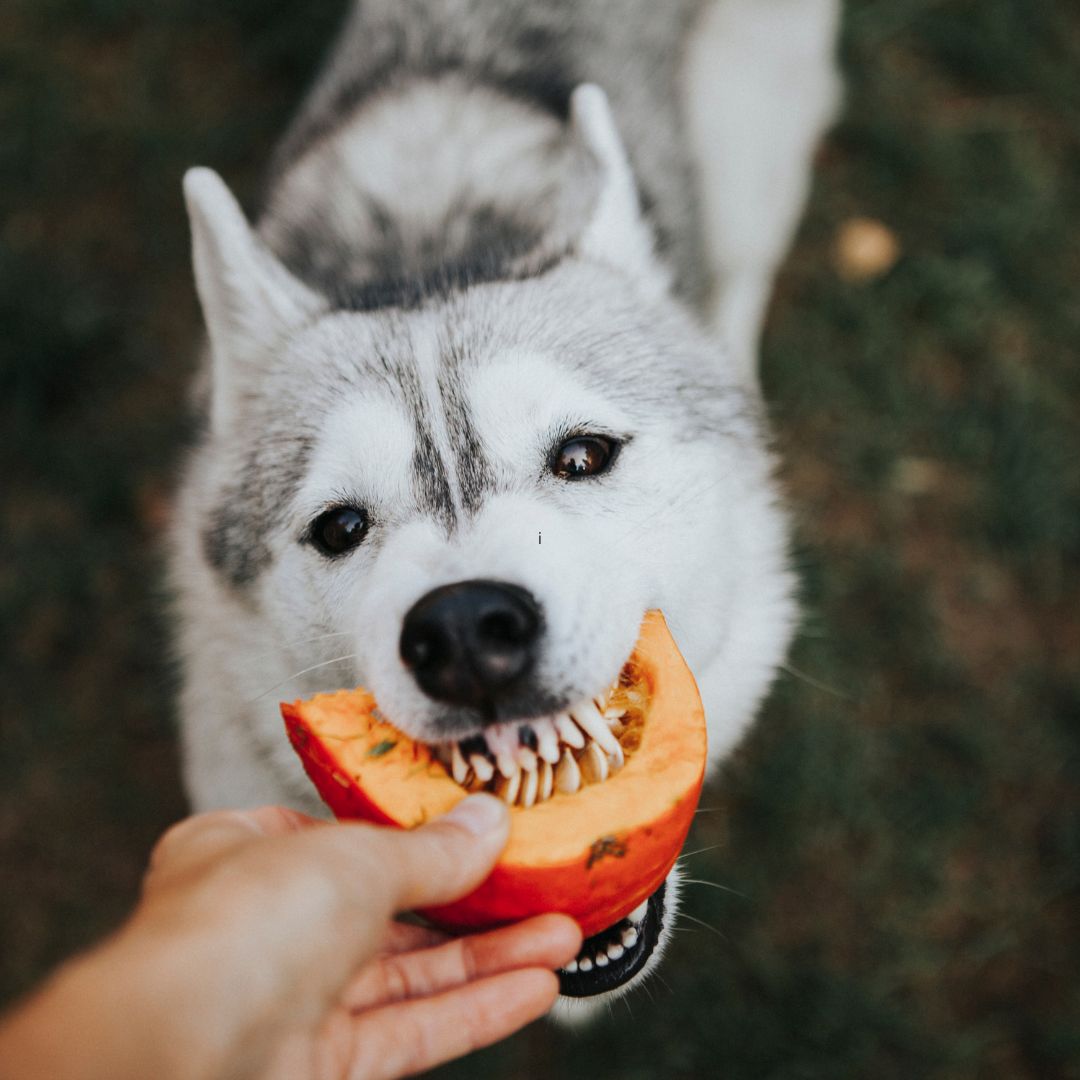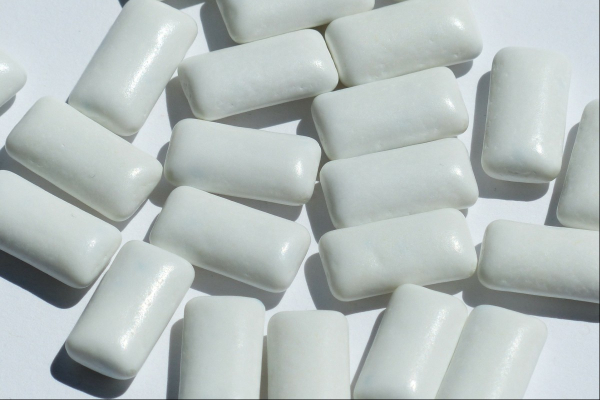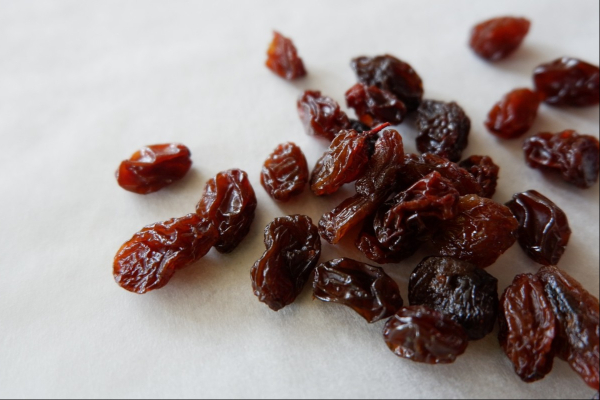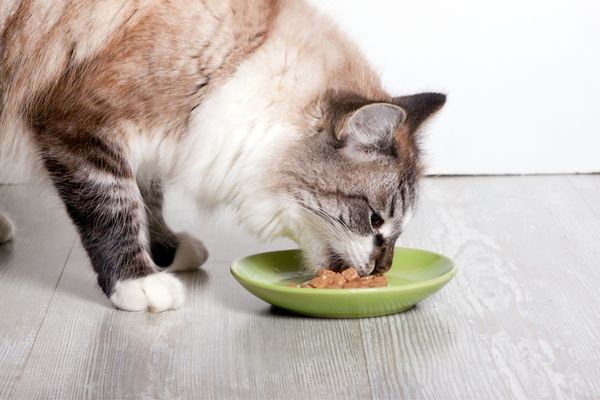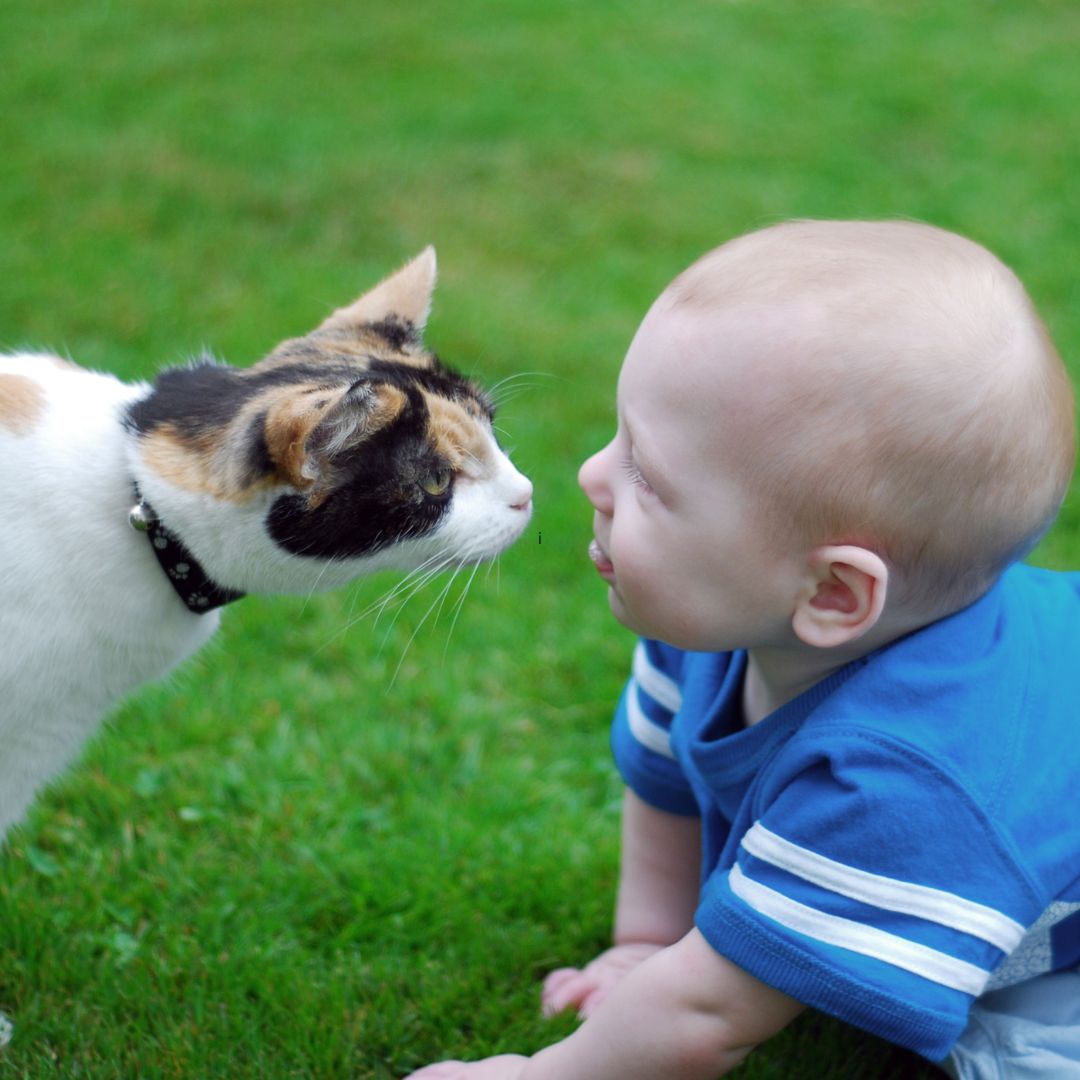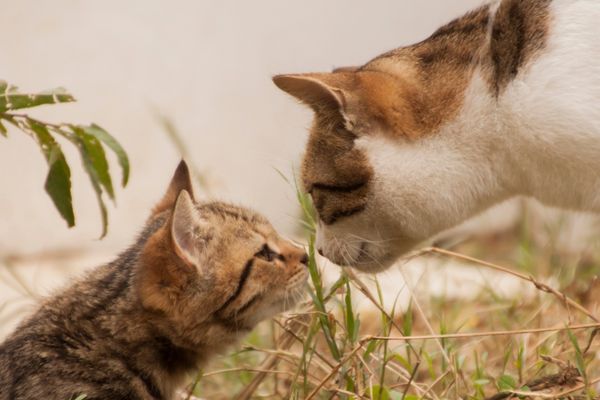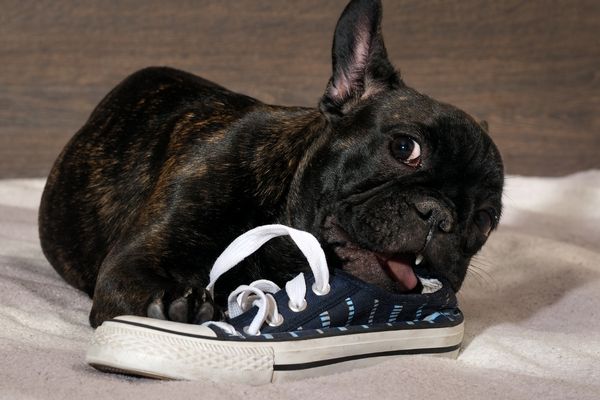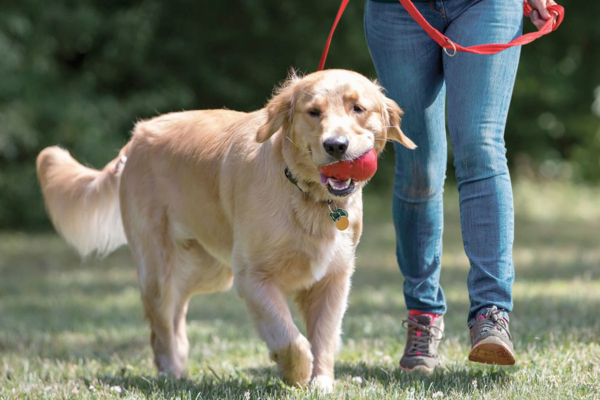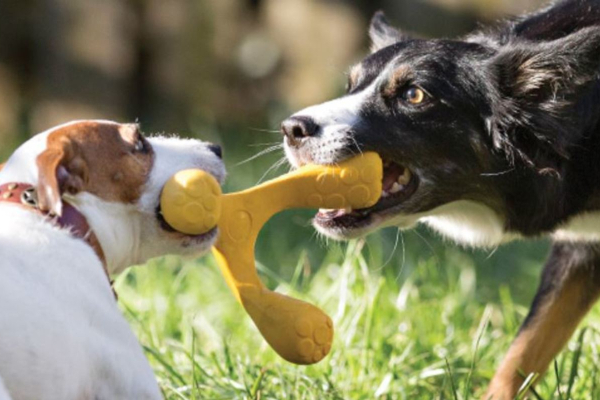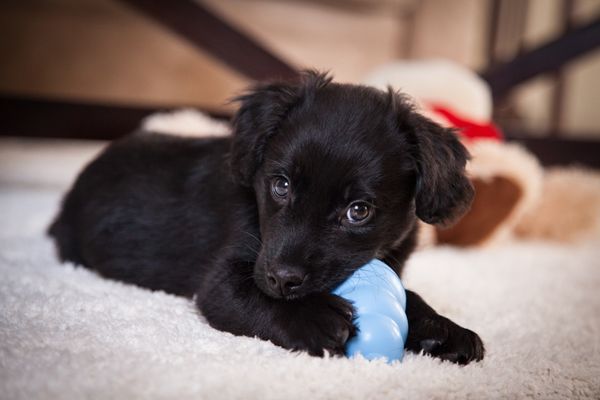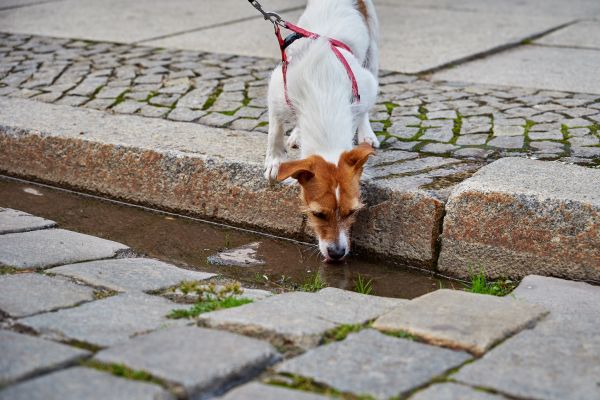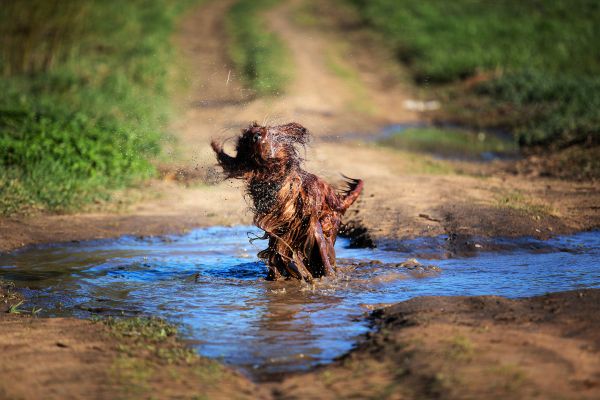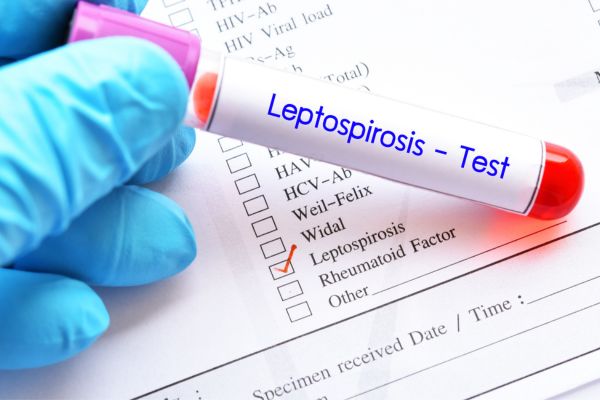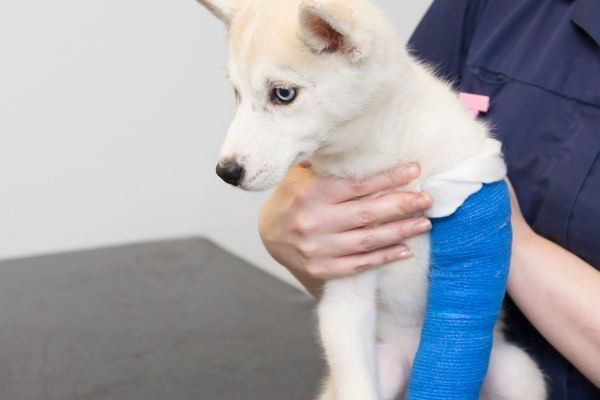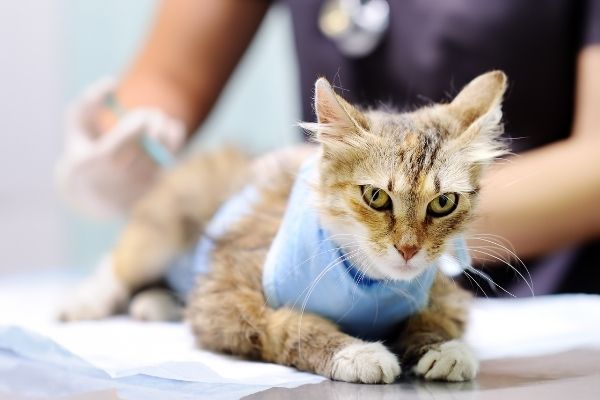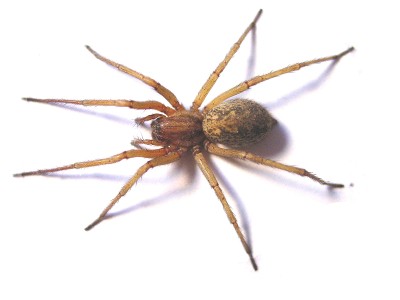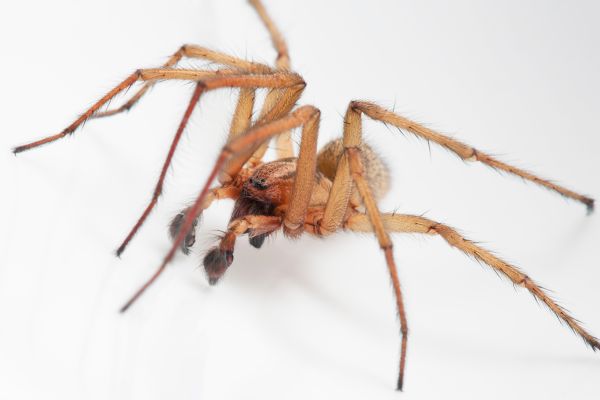
If you’ve watched the hit PBS series, All Creatures Great and Small, you’ve “met” Tricki Woo, the chubby Pekingese who belongs to the overindulgent Mrs. Pumphrey.
The wealthy Mrs. Pumphrey is a soft-touch in the food department, ordering hampers of gourmet treats for Tricki from Fortnum & Mason.
The three veterinarians, “Uncle Herriot,” Siegfried, and Tristan, regularly board Tricki at the clinic, where they feed him a healthy diet and give him plenty of exercise.
If, like Tricki, your dog eats a high-calorie, low-nutrient diet and lies around most of the time, he’ll likely puff up like Mrs. Pumphrey’s pampered Pekingese.
Overfeeding is the number one cause of canine obesity. In fact, more than 50% of the dogs in the United States are overweight or obese.
Overweight and obese dogs have increased risk of arthritis, diabetes, heart disease, heat exhaustion, and cancer. Obese dogs also have increased anesthetic risk should they require surgery.
We want our canine companions to enjoy a long, healthy life. In this article, you’ll learn about risk factors that can lead to obesity, and steps you can take to prevent your dog from becoming overweight or obese.
Predictors of canine obesity
Here are 7 common factors that contribute to canine obesity:
1. Diet
Dogs should be fed a healthy diet appropriate for their age, breed, and activity level. A healthy diet for dogs should be high in protein and low in carbohydrates and fat.
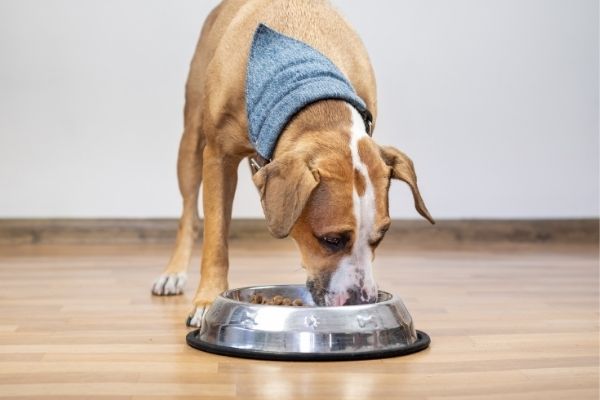
You can feed your dog a commercial dog food formulated for weight control, or you can make your own dog food at home. If you feed your dog commercial food, don’t rely on the recommendations on dog food labels; they often recommend too much or too little food.
Ask your veterinarian for advice on how much to feed, and measure your dog’s food and avoid overfeeding.
2. Sugary Treats
Some pet parents “reward” their dogs with sugar- and fat-laden treats.
As few as 30 extra calories per day can result in a weight gain of more than three pounds a year (similar to the way humans gradually pack on the pounds when we inhale high-calorie drinks, donuts, and snack crackers).
When you give your dog a treat, look for healthful low-calorie, no-sugar goodies, such as small slices of apple, banana, baby carrots, broccoli, or green beans.
Be aware of treat sizes. Dog treats come in three sizes: small, medium, and large. But when you feed a pocket dog three small treats, your pup may have just eaten an entire day’s worth of calories.

Chop treats into teeny-tiny pieces appropriate for your dog’s size. Your dog can’t do math – they won’t notice the size difference.
Some treats offer the added bonus of helping keep your dog’s teeth clean. Ask us to recommend healthy goodies.
3. Breed
Certain breeds of dogs are more prone to obesity than others. These breeds include Labrador Retrievers, Golden Retrievers, Beagles, Basset Hounds, and Cocker Spaniels.

These breeds are often referred to as “food-motivated” breeds, and they are typically very good at begging for food. Since these breeds are at a higher risk of becoming obese, it’s important to not overfeed them.
4. Age
As dogs age, their metabolism slows down and they are more likely to gain weight.

Monitor your dog’s weight as they age and make adjustments to their diet and exercise routine as needed to help them maintain a healthy weight.
5. Gender
Male dogs are more likely to become obese than female dogs. This is because male dogs have higher levels of testosterone, which can promote weight gain.
6. Spayed or neutered status
Spayed and neutered dogs are more likely to become obese than intact dogs. This is because spaying and neutering can lead to changes in metabolism and appetite.
7. Activity level
Dogs that are not encouraged to be active or who live in homes where there is a lot of food available are more likely to become obese.
In addition, inactive dogs often have inactive pet parents. People who don’t exercise regularly or who are house-bound with their dog tend to overfeed their dog or to “love on them” with too many treats.

Dogs need at least 30 minutes of exercise per day. Take them for a walk, run, or swim; play fetch, or sign them up for agility classes. If you are house-bound, consider hiring a dog-walker. Exercise helps dogs (and humans!) burn calories and prevents weight gain.
If you’re concerned that your dog may be overweight or obese, schedule an appointment with us. Call 206-323-4433.
During your pup’s exam, we’ll look at some of these predictors of canine obesity:
Body condition score (BCS)
A BCS is a measure of a dog’s body fat percentage. It is scored on a scale of 1 to 9, with 1 being emaciated and 9 being obese. A BCS of 5 is considered ideal for most dogs. A BCS of 6 or higher is considered overweight or obese.
Waist circumference
A dog’s waist circumference should be measured at the smallest part of their abdomen. A waist circumference that is greater than 40% of their body length is considered a risk factor for obesity.
Triglyceride levels
Triglycerides are a type of fat that is found in the blood. High triglyceride levels are a risk factor for obesity and other health problems, such as heart disease.
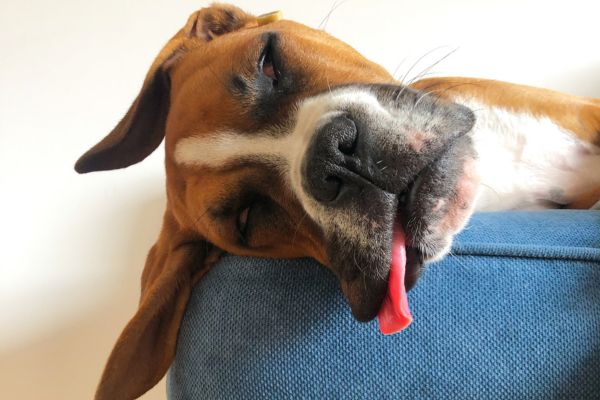
Leptin levels
Leptin is a hormone that helps to regulate appetite. Dogs that have low leptin levels are more likely to become obese.
Insulin resistance
Insulin resistance is a condition in which the body’s cells do not respond properly to the hormone insulin. Insulin resistance can lead to weight gain and other health problems, such as diabetes.
Inflammatory markers
Inflammation is a natural response to injury or infection. However, chronic inflammation can contribute to obesity and other health problems.
Gut microbiome
The gut microbiome is the community of bacteria that live in the digestive tract. The gut microbiome is thought to play a role in a number of health conditions, including obesity.
Hypothyroidism
When the thyroid gland does not produce enough thyroid hormone, it can lead to weight gain, as well as other symptoms, such as lethargy and hair loss.
Cushing’s syndrome
When the body produces too much cortisol, this can lead to weight gain, as well as other symptoms such as increased thirst and urination.
If your dog is found to be at risk for obesity, your veterinarian will help you develop a weight loss plan for your dog and can monitor their progress.

Create an environment that discourages obesity.
To help your dog maintain a healthy weight…
- Don’t feed your dog table scraps (often high in fat and calories).
- Don’t give your dog treats high in fat and sugar (see Tricki Woo, above).
- Keep food out of reach of your dog.
- Feed your dog measured portions at regular times each day. This will keep them from becoming too hungry and begging for food.
- Make sure your dog has plenty of opportunities to be active.
If your dog is already obese, it is important to work with your veterinarian to develop a plan to help them lose weight safely and gradually. Rapid weight loss can be dangerous for dogs.
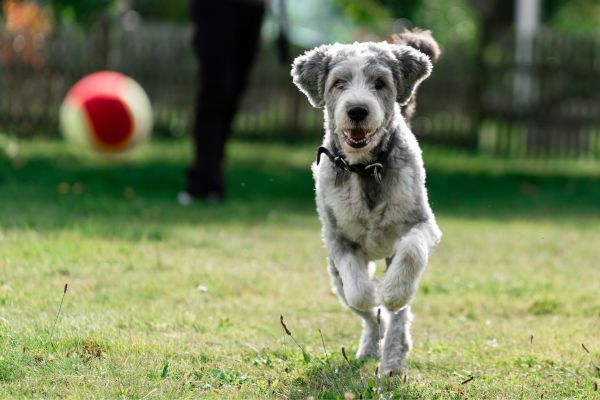
Tips for helping your obese dog lose weight:
- Feed your dog a weight-loss diet.
- Increase your dog’s exercise level gradually.
- Avoid giving your dog treats.
- Monitor your dog’s weight loss and adjust their diet and exercise plan as needed.
Losing weight can take time and effort, but it is important for your dog’s long-term health.

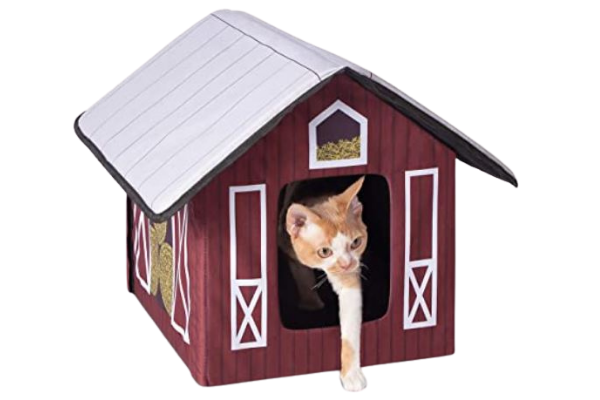
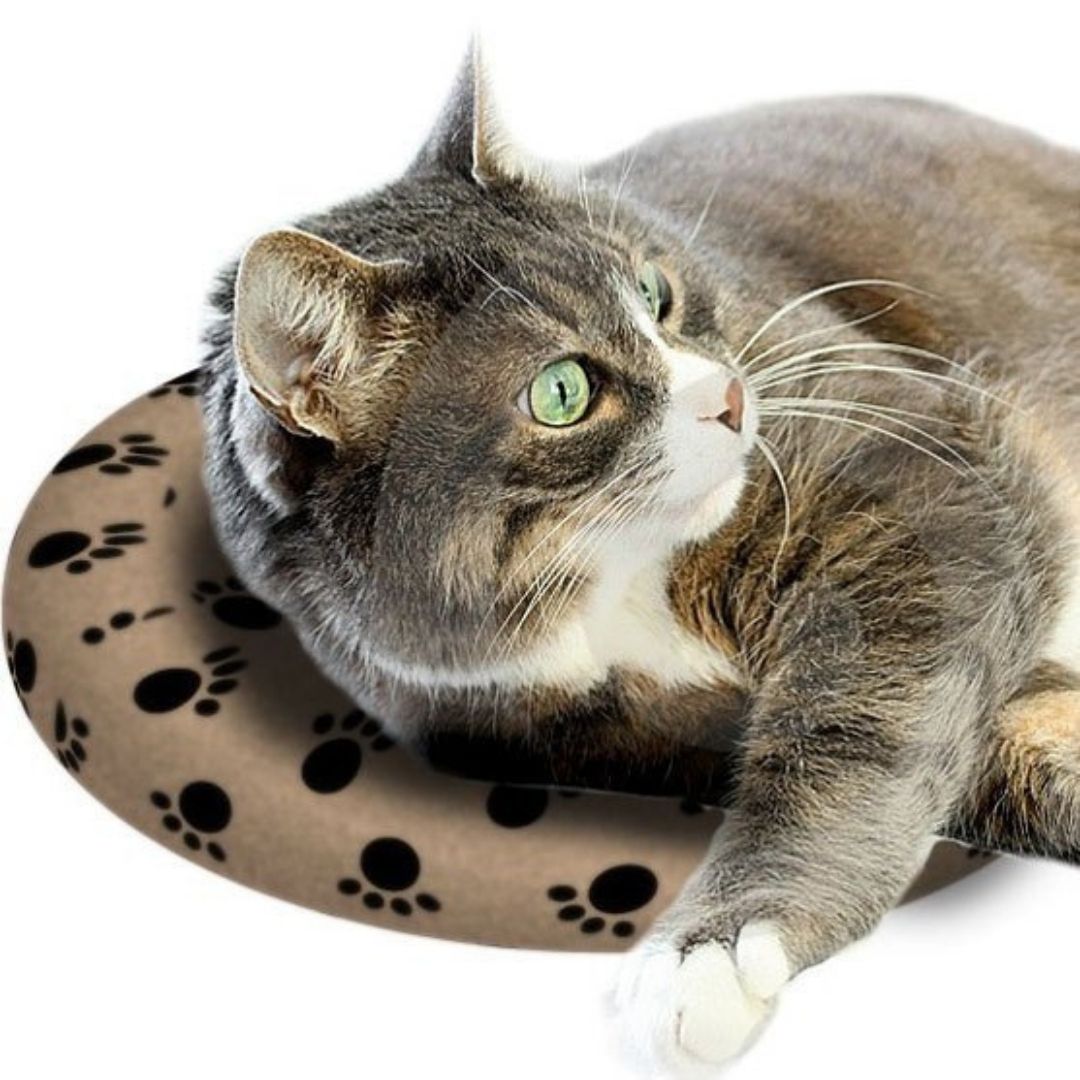
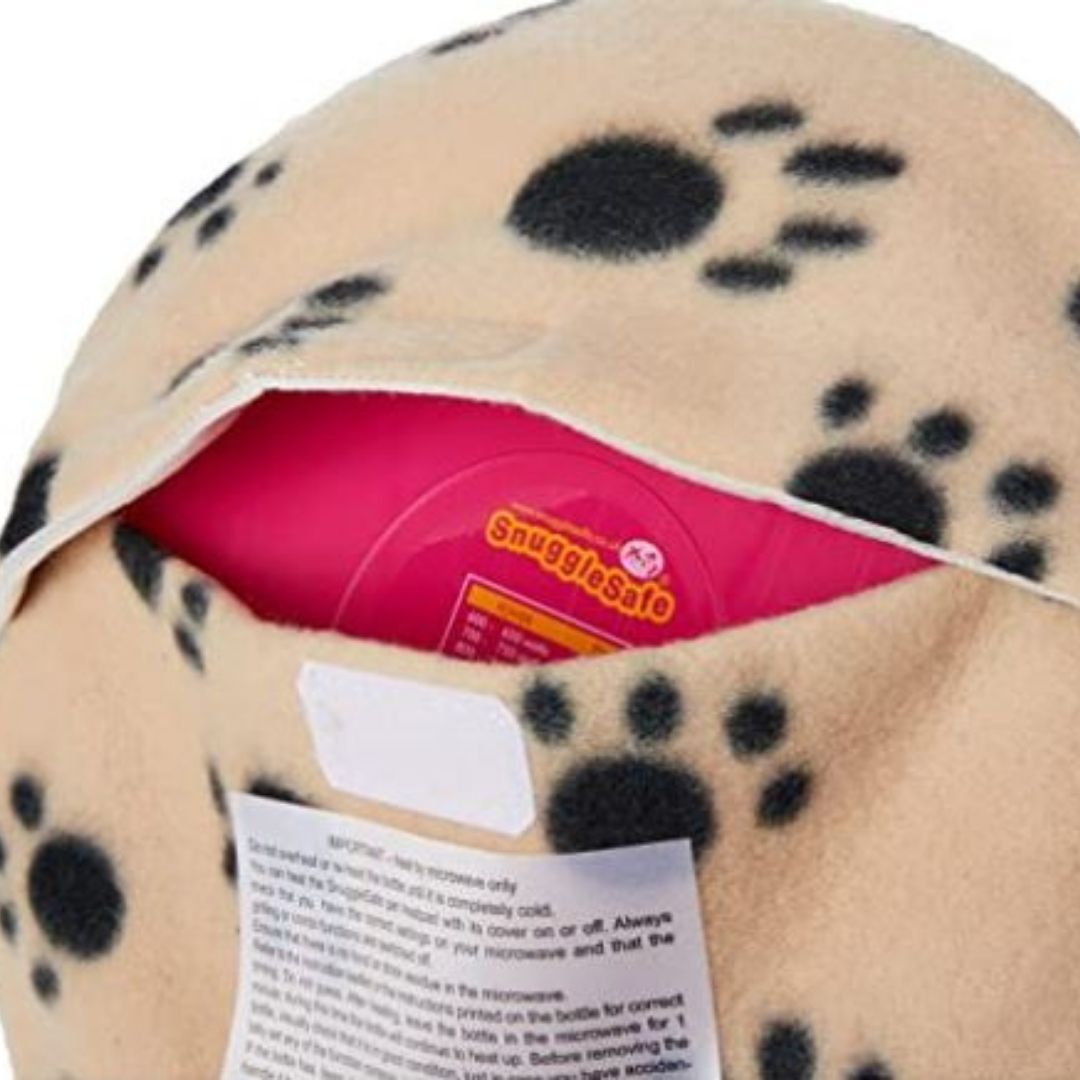 SnuggleSafe Heat Pads are a wonderful means of providing warmth on a cold night without the worry of electrical cords.
SnuggleSafe Heat Pads are a wonderful means of providing warmth on a cold night without the worry of electrical cords.











